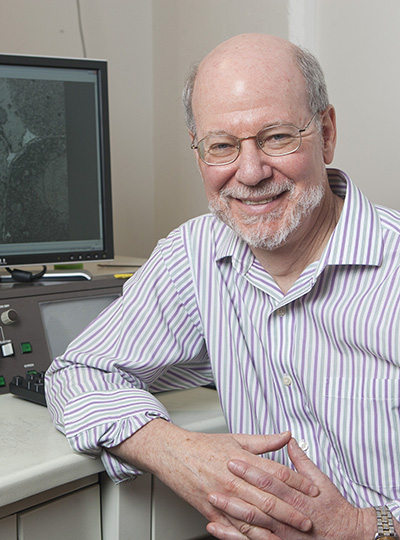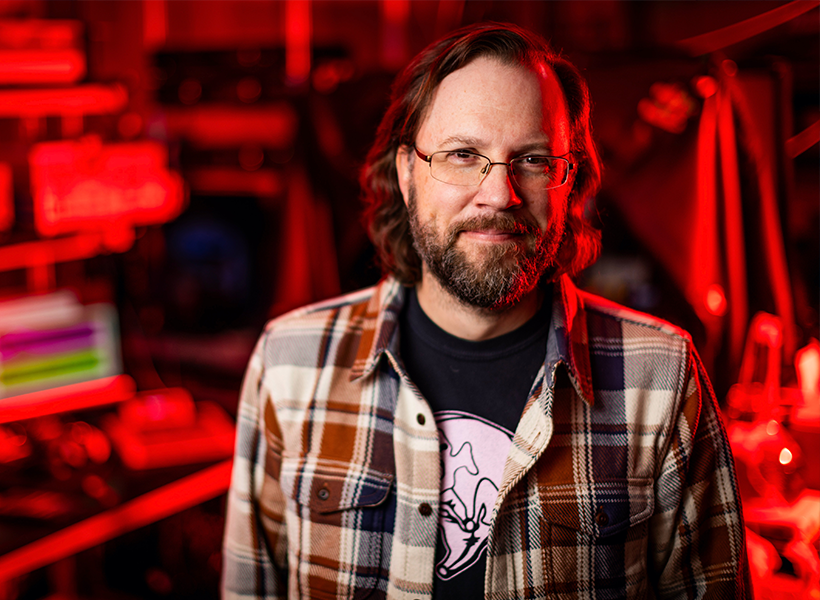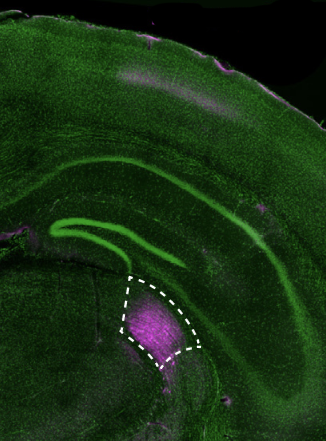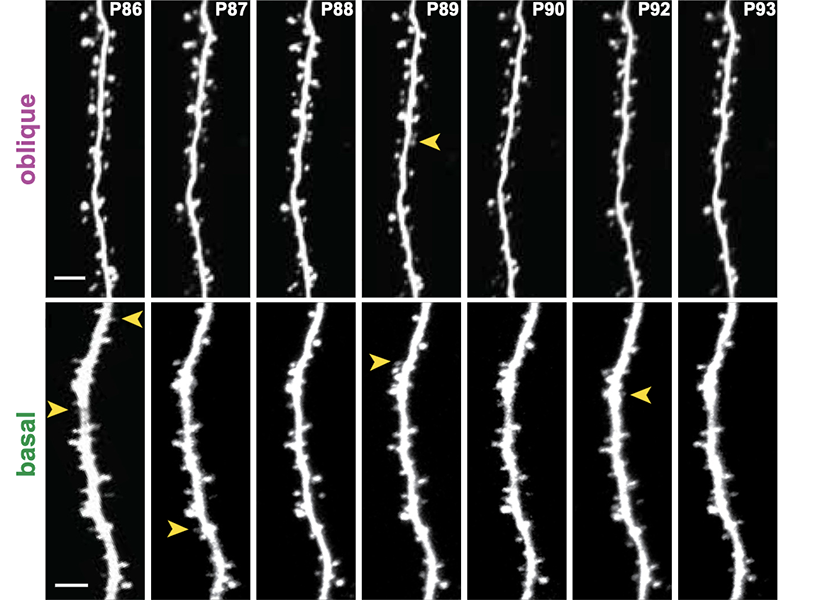Using functional magnetic resonance imaging (fMRI) data, the research team identified 24 networks with different functions, which include processing language, social interactions, visual features, and other types of sensory input.
Many of these networks have been seen before but haven’t been precisely characterized using naturalistic conditions. While the new study mapped networks in subjects watching engaging movies, previous works have used a small number of specific tasks or examined correlations across the brain in subjects who were simply resting.
“There’s an emerging approach in neuroscience to look at brain networks under more naturalistic conditions. This is a new approach that reveals something different from conventional approaches in neuroimaging,” says Robert Desimone, director of MIT’s McGovern Institute for Brain Research. “It’s not going to give us all the answers, but it generates a lot of interesting ideas based on what we see going on in the movies that’s related to these network maps that emerge.”
The researchers hope that their new map will serve as a starting point for further study of what each of these networks is doing in the brain.
Desimone and John Duncan, a program leader in the MRC Cognition and Brain Sciences Unit at Cambridge University, are the senior authors of the study, which appears today in Neuron. Reza Rajimehr, a research scientist in the McGovern Institute and a former graduate student at Cambridge University, is the lead author of the paper.
Precise mapping
The cerebral cortex of the brain contains regions devoted to processing different types of sensory information, including visual and auditory input. Over the past few decades, scientists have identified many networks that are involved in this kind of processing, often using fMRI to measure brain activity as subjects perform a single task such as looking at faces.
In other studies, researchers have scanned people’s brains as they do nothing, or let their minds wander. From those studies, researchers have identified networks such as the default mode network, a network of areas that is active during internally focused activities such as daydreaming.
“Up to now, most studies of networks were based on doing functional MRI in the resting-state condition. Based on those studies, we know some main networks in the cortex. Each of them is responsible for a specific cognitive function, and they have been highly influential in the neuroimaging field,” Rajimehr says.
However, during the resting state, many parts of the cortex may not be active at all. To gain a more comprehensive picture of what all these regions are doing, the MIT team analyzed data recorded while subjects performed a more natural task: watching a movie.
“By using a rich stimulus like a movie, we can drive many regions of the cortex very efficiently. For example, sensory regions will be active to process different features of the movie, and high-level areas will be active to extract semantic information and contextual information,” Rajimehr says. “By activating the brain in this way, now we can distinguish different areas or different networks based on their activation patterns.”
The data for this study was generated as part of the Human Connectome Project. Using a 7-Tesla MRI scanner, which offers higher resolution than a typical MRI scanner, brain activity was imaged in 176 people as they watched one hour of movie clips showing a variety of scenes.
The MIT team used a machine-learning algorithm to analyze the activity patterns of each brain region, allowing them to identify 24 networks with different activity patterns and functions.
Some of these networks are located in sensory areas such as the visual cortex or auditory cortex, as expected for regions with specific sensory functions. Other areas respond to features such as actions, language, or social interactions. Many of these networks have been seen before, but this technique offers more precise definition of where the networks are located, the researchers say.
“Different regions are competing with each other for processing specific features, so when you map each function in isolation, you may get a slightly larger network because it is not getting constrained by other processes,” Rajimehr says. “But here, because all the areas are considered together, we are able to define more precise boundaries between different networks.”
The researchers also identified networks that hadn’t been seen before, including one in the prefrontal cortex, which appears to be highly responsive to visual scenes. This network was most active in response to pictures of scenes within the movie frames.
Executive control networks
Three of the networks found in this study are involved in “executive control,” and were most active during transitions between different clips. The researchers also observed that these control networks appear to have a “push-pull” relationship with networks that process specific features such as faces or actions. When networks specific to a particular feature were very active, the executive control networks were mostly quiet, and vice versa.
“Whenever the activations in domain-specific areas are high, it looks like there is no need for the engagement of these high-level networks,” Rajimehr says. “But in situations where perhaps there is some ambiguity and complexity in the stimulus, and there is a need for the involvement of the executive control networks, then we see that these networks become highly active.”
Using a movie-watching paradigm, the researchers are now studying some of the networks they identified in more detail, to identify subregions involved in particular tasks. For example, within the social processing network, they have found regions that are specific to processing social information about faces and bodies. In a new network that analyzes visual scenes, they have identified regions involved in processing memory of places.
“This kind of experiment is really about generating hypotheses for how the cerebral cortex is functionally organized. Networks that emerge during movie watching now need to be followed up with more specific experiments to test the hypotheses. It’s giving us a new view into the operation of the entire cortex during a more naturalistic task than just sitting at rest,” Desimone says.
The research was funded by the McGovern Institute, the Cognitive Science and Technology Council of Iran, the MRC Cognition and Brain Sciences Unit at the University of Cambridge, and a Cambridge Trust scholarship.







